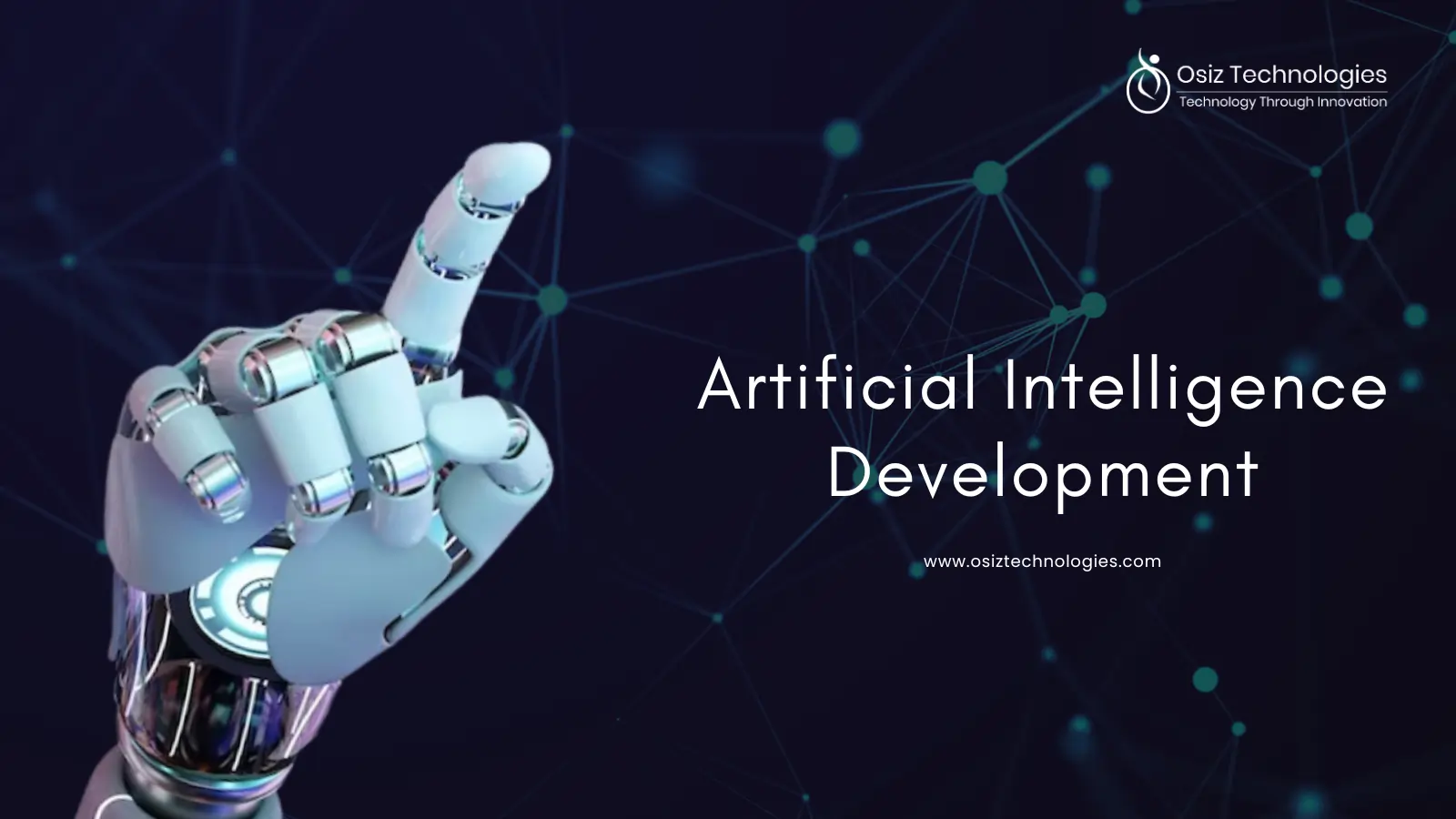Information holds the power in today's digital world. However, people with disabilities face many barriers to accessing websites, articles, and video information online. This is where AI steps in to help people with disabilities by making the information more accessible for everyone.
How AI Improves Accessibility
AI Visual Assistance
Screen readers and text-to-speech software AI tools are used mostly for visually impaired people, who can interpret and vocalize the content in images, videos, websites, and even live screens. For visually impaired people, alt text or alternative text plays a big part. AI can automatically generate alt text for images and websites, which makes it more accessible.
AI Audio Assistance
AI uses machine learning algorithms to generate captions, subtitles, and translations for people with hearing impairments. Many video websites have launched AI accessibility to generate captions with contrasting backgrounds for people with poor sight.
AI Live Transcription
Live transcription transfers speech in real time to engage people with hearing impairments in a conversation. The built-in algorithm helps you to identify the sound of what's happening around you.
AI Assistant for Mobility Issue
Individuals with mobility issues can use AI hands-free navigation with voice command technology, which helps to navigate websites, blogs, and platforms without the use of a keyboard or mouse.
AI-driven Technology for Digital Accessibility
Automated Solutions
The rise of AI-powered automation has revolutionized various fields, including digital accessibility. Machine learning algorithms are a game-changer, transforming the way we develop and utilize technology. AI excels at multitasking and tackling complex needs at high speed, significantly reducing manual work. This efficiency and scalability are making the building of applications and digital solutions much faster and more adaptable.
Enhanced Personalization
With AI-powered adaptive learning, digital interfaces can now intelligently adjust to each user's preferences and accessibility requirements. This creates a more customized and user-friendly experience for everyone.
Improved User Experience
AI is transforming digital accessibility from mere improvement to a complete revolution in user experience. Voice recognition, natural language processing, and gesture controls are making platforms more intuitive. This benefits everyone, not just people with disabilities, by promoting broader inclusion and offering functionality that appeals to diverse preferences and abilities.
Innovative Assistive Technologies
Intelligent features like suggesting text completions and adapting navigation based on context are driving the creation of next-generation assistive technologies. These innovations open doors for people with disabilities to communicate and interact more easily in the digital world, paving the way for a more inclusive online experience.
Challenges of AI in Digital Accessibility
AI has its benefits but it also comes with challenges. AI can facilitate faster and easier digital accessibility but are trained to work only with the data provided for them several challenges arise in AI in digital accessibility.
- Algorithmic Bias
- Ongoing Technology Evolution
- Fairness Concerns
Conclusion
AI is changing the way we interact with the world making it easier for everyone can interact with the technology. The future of automated solutions and digital accessibility holds immense promise with AI's potential. However, responsible development is key. A top AI Development Company, Osiz builds a digital landscape for everyone regardless of their disabilities with features like automation, personalization, and assistive technologies that demonstrate AI's transformative power. Our developers undergo rigorous testing with diverse users, especially those with disabilities, and ensure continued progress toward inclusion.
Listen To The Article
Recent Blogs

X-Mas 30%
Offer











